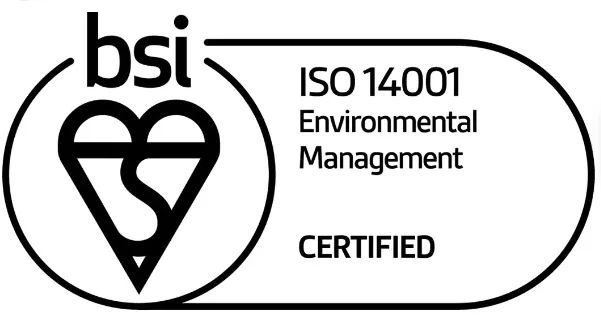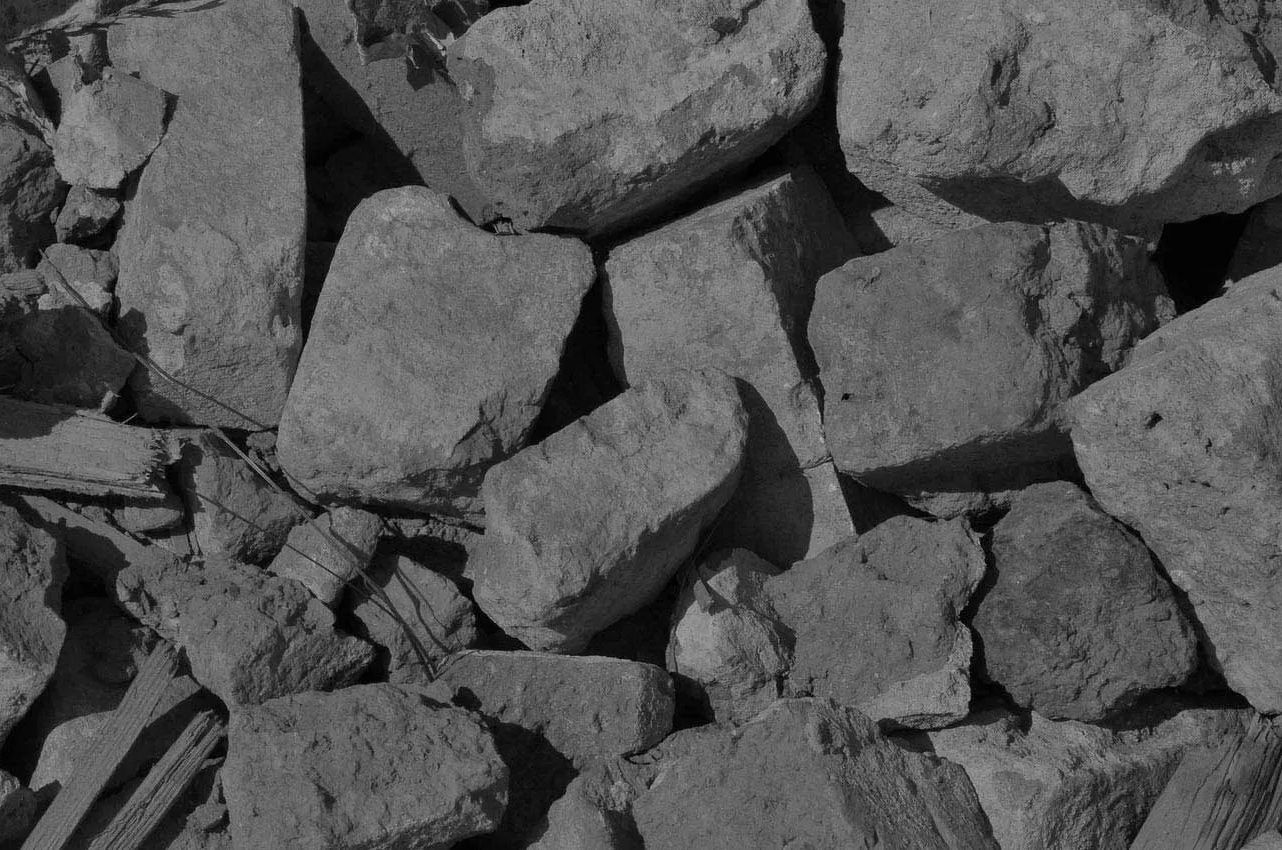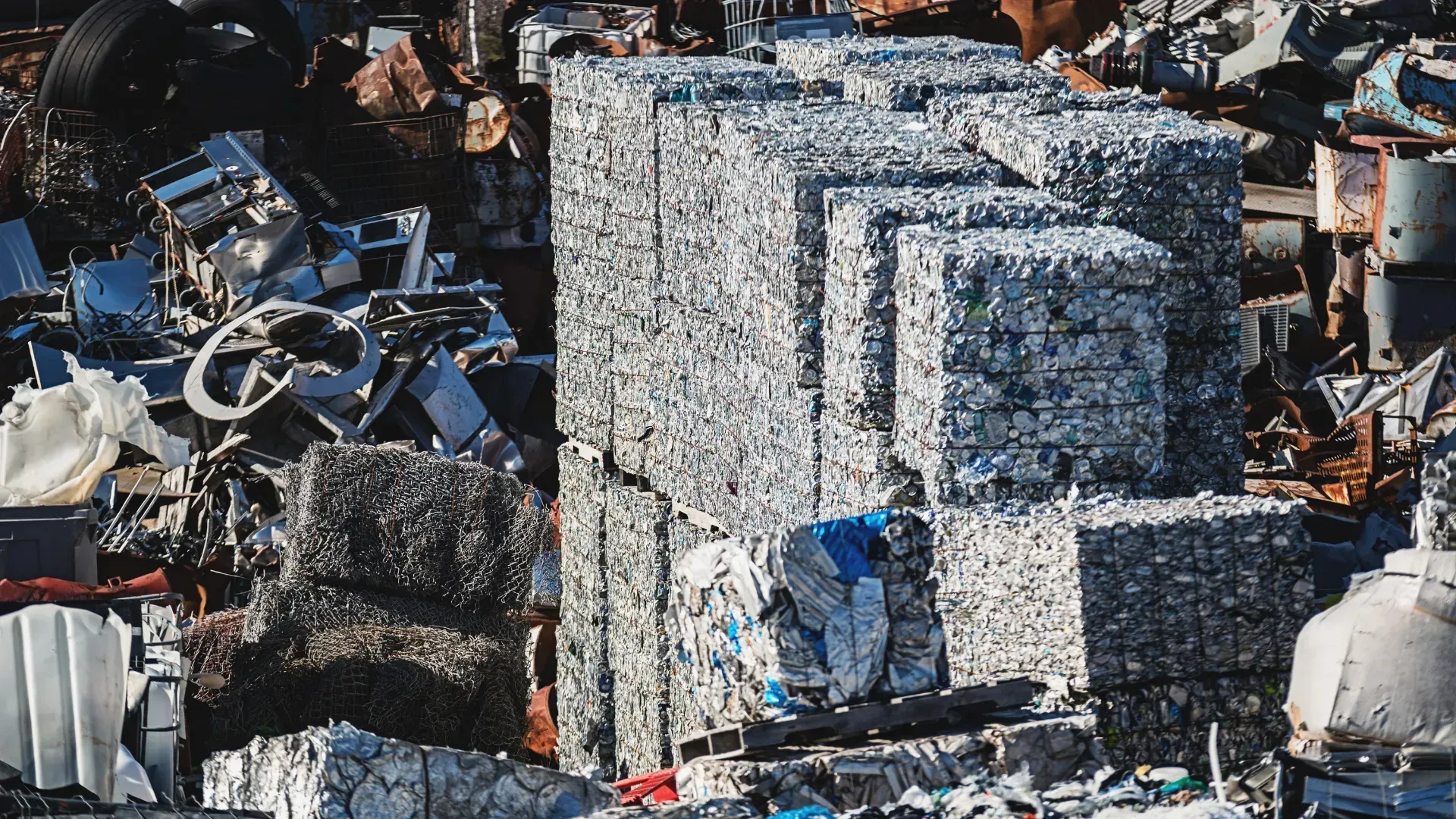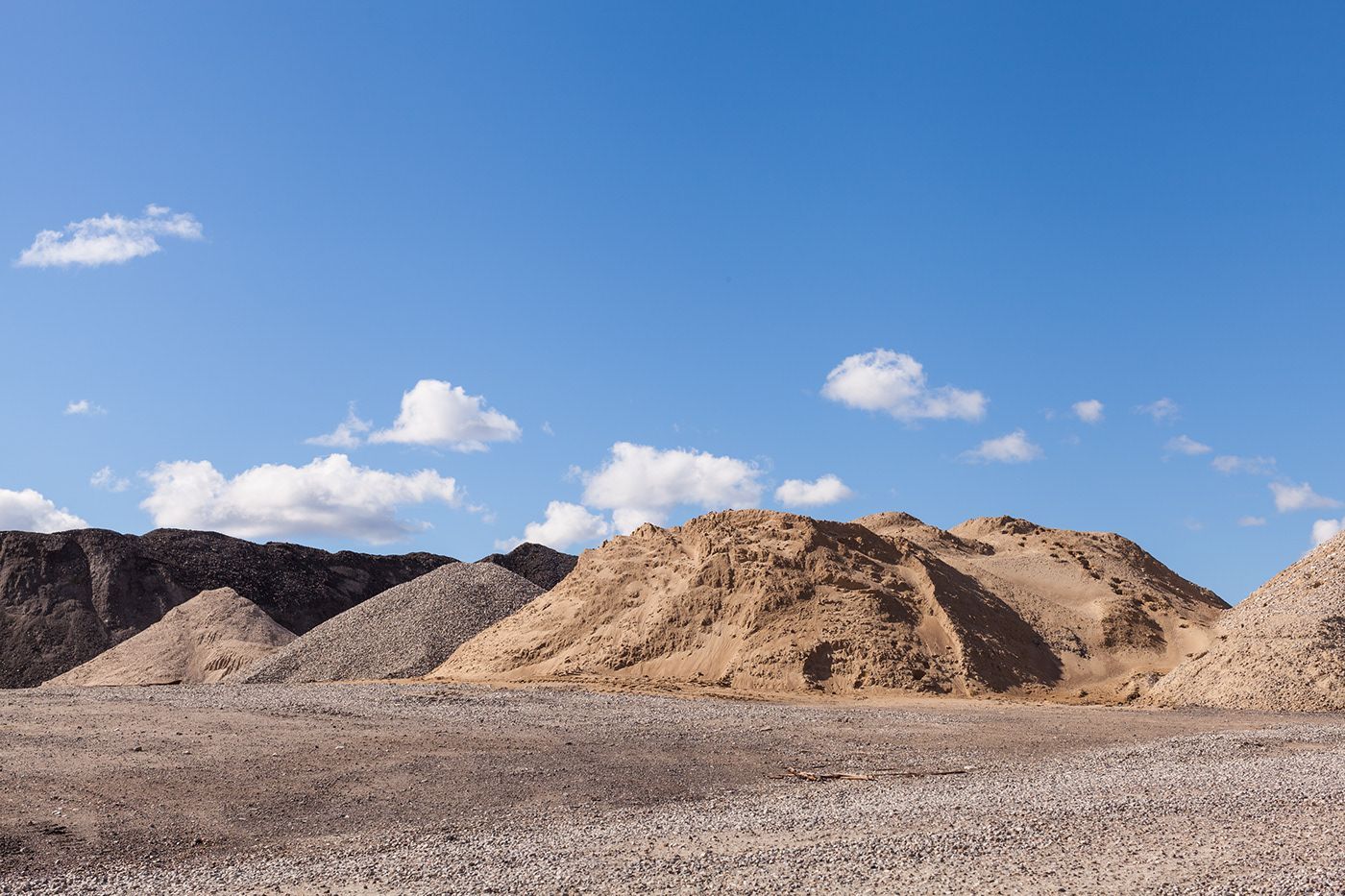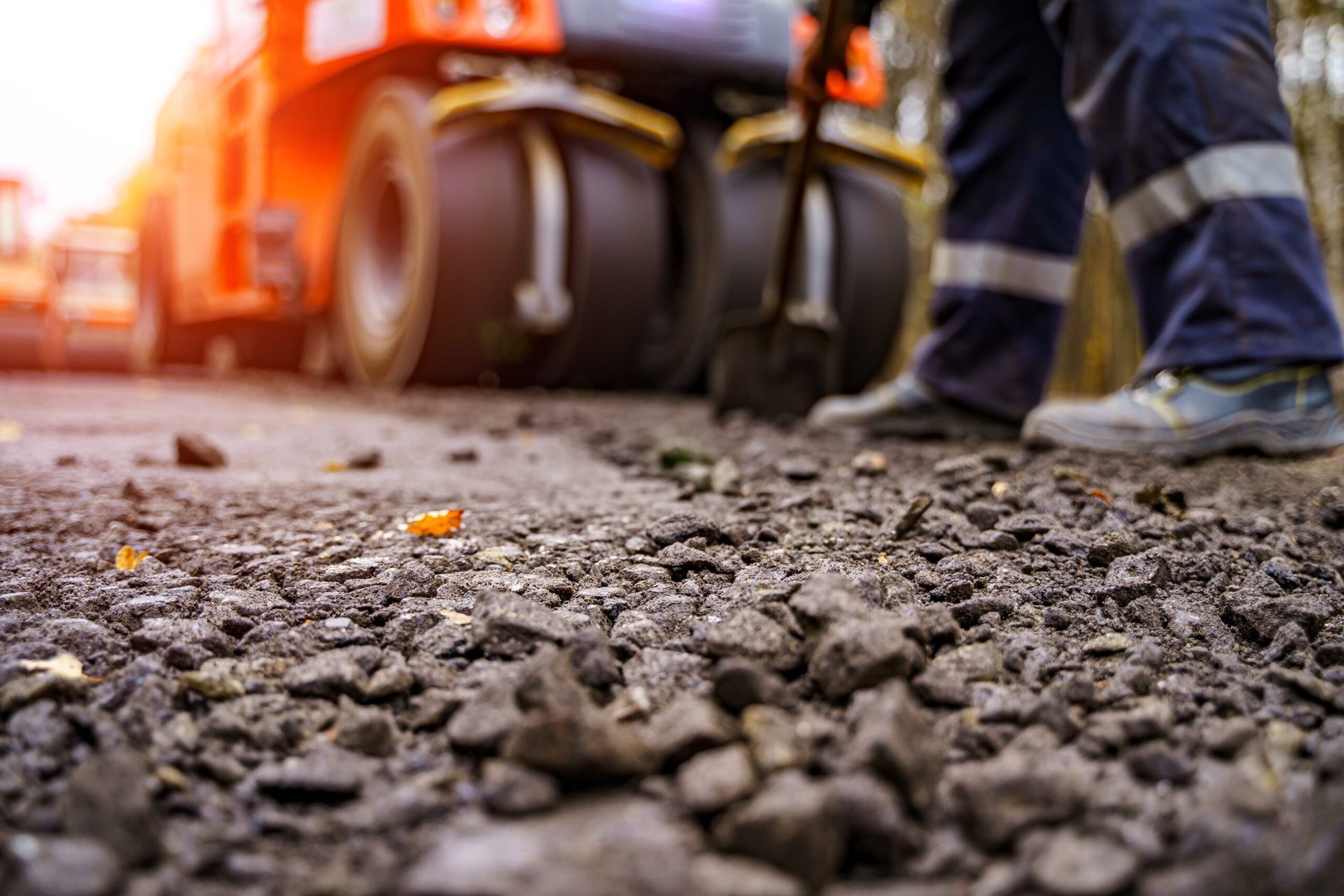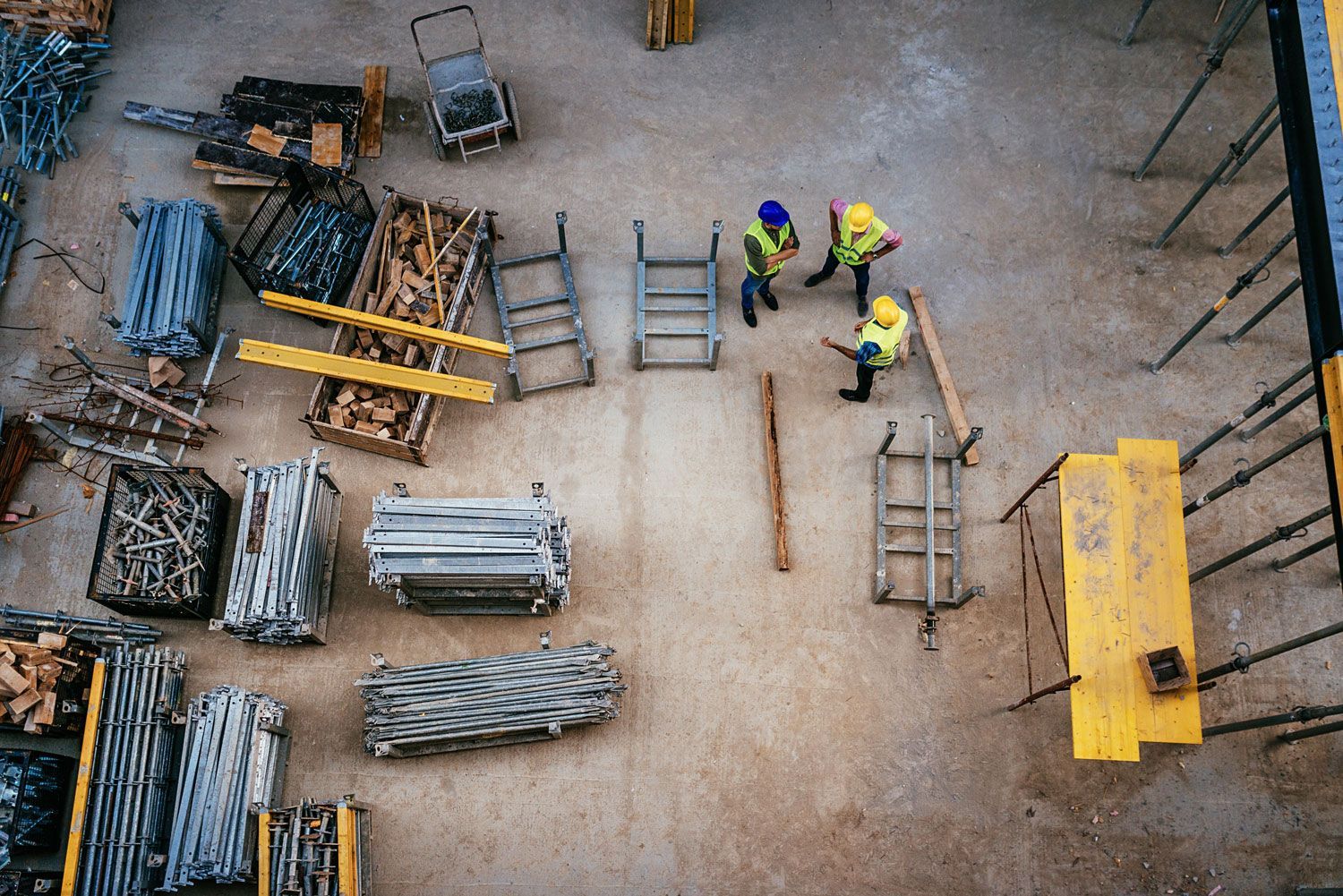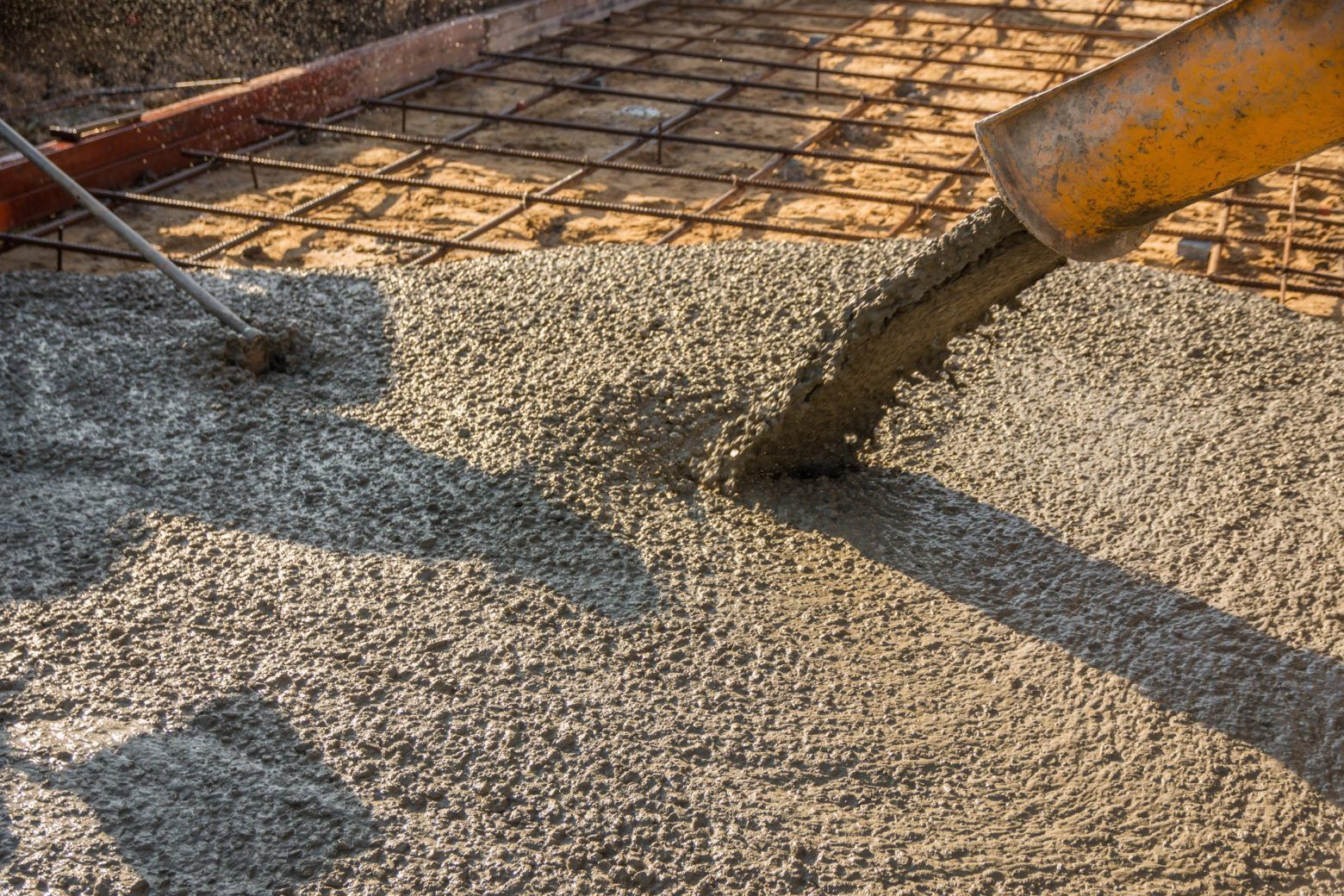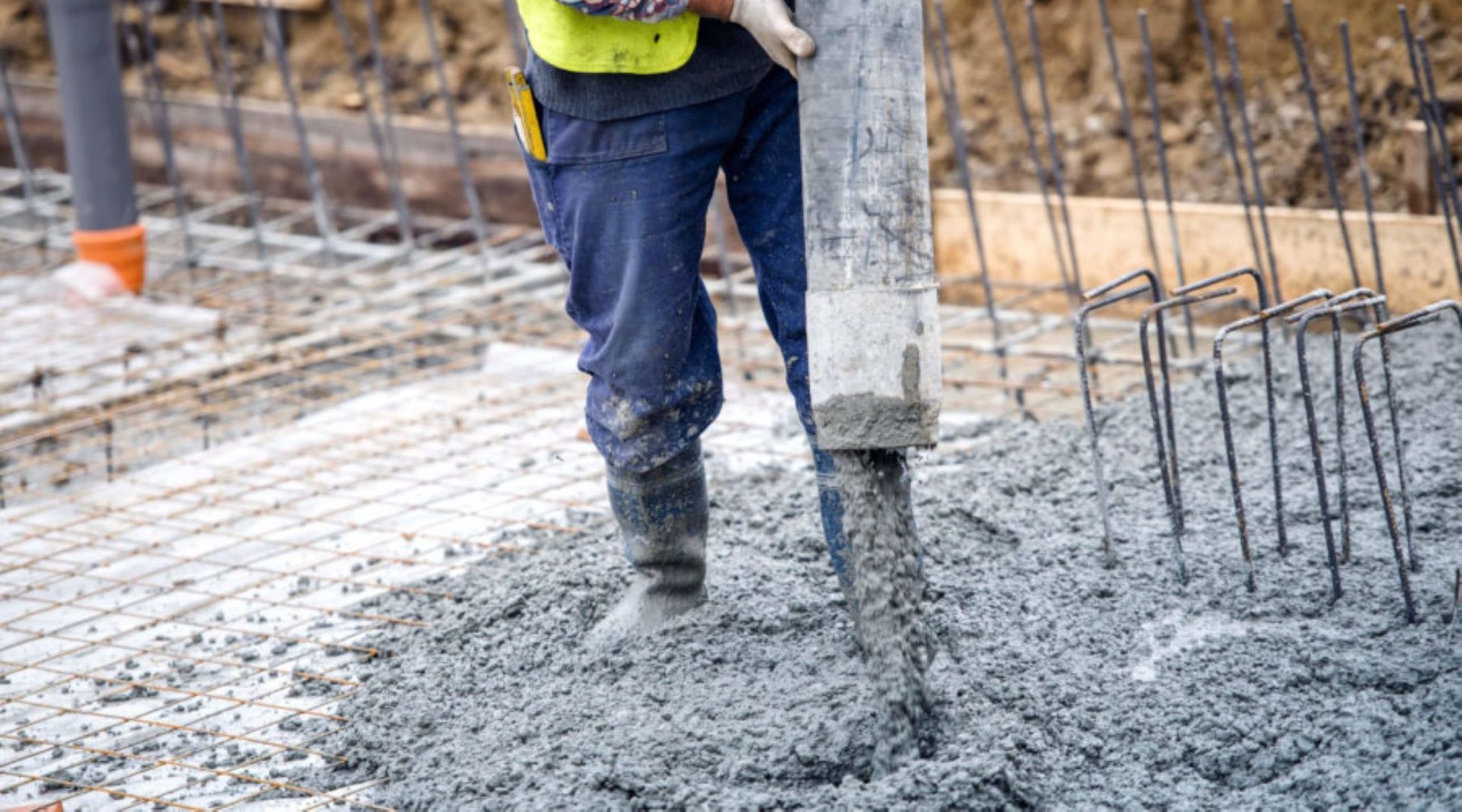How Stone Quarrying Supports the Construction Industry
Quarrying allows for the earth’s natural resources to be extracted, sorted and used for all kinds of applications, helping to support a range of essential industries both within the UK and across the world. Using a series of drilling and blasting techniques, quarrying teams can expose specific areas of rock, so that the most useful materials can be accessed.
One industry in particular that depends on quarries is the construction industry, where various kinds of natural rock can be utilised in order to complete complex building projects. Sophisticated quarrying processes mean that construction teams have access to the very best raw materials, so that building work can be completed to a high standard.
Read on to find out more about how quarrying supports the construction industry, with a look at the rock extraction process, and the various materials commonly used for building work.
What Does Quarrying Look Like Today?
In the UK today, there are more than 2000 active mines and quarries working to extract raw materials. This natural rock could take the form of construction aggregates or building stone, which are essential resources used by the construction industry.
Within a quarrying site, experts will carry out precision excavation work, as well as rock sorting, classification and quality control. Sorted materials can then be purchased and shipped to various locations, where their final destination will depend on the type and quality of the rock.
Quarry sites today are increasingly making efforts to reduce the environmental impact of their work. This may include offering more recycled stone to customers, or prioritising investment in low-carbon technologies.
Additionally, many sites will follow strict environmental protections to ensure that local wildlife populations are not harmed during excavation efforts.
The Natural Stone Production Process: From Quarry to Building Site
Raw materials are removed from the ground and delivered to construction sites via a series of stages, where this controlled process ensures that the final product is of the correct standard.
In general, the quarrying process is as follows:
1. Site Preparation
Before the quarrying process begins, the site will be assessed to determine which areas contain desirable rock deposits. A plan of approach will then be drawn up so that extraction can be carried out in a controlled manner.
Once any vegetation or topsoil has been cleared, quarrying teams will then prepare the infrastructure needed for extraction. This may include installing ramps and levelling road surfaces.
2. Extraction
The extraction process can be carried out in a variety of ways, depending on the rock type in question and the extraction goals of the quarry. For hard stone extraction, drilling and blasting will be used to break the stone into manageable pieces. Diamond wire sawing can also be used for softer raw materials like limestone.
3. Initial Processing
After the extraction work has been completed, materials can be sorted in a preliminary manner. At this stage, rocks can be graded for quality and structural integrity, where some quarries will also have access to on-site facilities where stone can be cut into smaller blocks.
4. Secondary Processing & Finishing
Some quarries will be able to process all their stone on-site, whilst others will need to arrange for materials to be transported to a processing facility. At this stage, blocks will be cut down to their final size, where some may also undergo polishing, sandblasting and shaping to create a more desirable end product.
5. Packing & Loading
Finished stone will then need to be packed up for the transportation process. Stone can be sorted into crates or loaded onto pallets, and clearly labelled. These labels should detail the quality grade of the stored contents, as well as its final destination. Containers can then be loaded onto transportation trucks for the final stage of the journey.
6. Transportation to Construction Site
Construction sites will place orders for particular quarried materials, where these will then be delivered in line with the upcoming build schedule. In this way, the transportation process can be managed in order to work around important construction timelines.
Natural Stone Types & Their Construction Uses
Natural stone quarries can extract a variety of materials that are used by the construction industry. Just some of these materials include:
Hardcore
Also known as crusher run, hardcore is a popular aggregate that binds together when compacted. In its pure form, hardcore can be used as a stabilising layer underneath roads and pathways, where it can also come in handy as a landscaping base. Furthermore, hardcore can be used to create robust foundations for various structures, including sheds, patios, and driveways.
Drainage Stone
Drainage stone is a porous form of gravel or crushed stone that allows water to flow through it easily. Primarily, this stone type is used to optimise drainage systems and septic fields. Additionally, it can also be placed behind retaining walls to reduce water pressure. Drainage stone can also be used in French drains to divert water away from foundations and improve soil drainage in gardens and landscaping projects.
Gabion Stone
Gabion stone consists of large, irregular pieces that are designed to fill wire mesh cages known as gabions. These stones can then be used to create sturdy retaining walls and flood defences, as well as decorative landscaping elements. Gabion structures are highly versatile and can be used to create erosion control measures, noise barriers, and even sculptural features in gardens and public spaces.
Armour Stone
These heavy blocks of stone are typically formed from limestone or granite, and are used for various large-scale construction projects. In practical terms, armour stone can be used to defend riverbanks and coastal areas from fast flowing water, as well as for the creation of retaining walls. Armour stone can also be used to construct breakwaters, jetties, and other coastal defences to protect against erosion and storm surges.
Whindust
Whindust is a fine grained grit or dust that is produced as a byproduct of other quarrying processes. In the construction industry, it can be used as a compactable surface for the creation of walkways and cycle paths. Beyond this, it can also be used as a binding agent in order to fill in the gaps between paving stones and decorative areas. Whindust can also be used in concrete mixes to improve its workability and strength, and it can be used as a sub-base material for road construction.
Concrete Sand
Concrete sand is a coarse, granular material that can be used across a variety of construction and building projects. It may be mixed with cement and water to create concrete, or it can be utilised on its own as a bedding material or to improve water filtration. Concrete sand can also be used in mortar mixes for bricklaying and plastering, and it can be used as a drainage layer in septic systems and French drains.
What About Recycled Aggregates?
Whilst quarrying generally involves the extraction of new raw materials, there has been an increased focus in recent years on recycled aggregates. For instance, at WM Thompson & Sons, we process recycled stone in addition to our quarrying work, giving consumers the option to purchase cheaper and more readily available products for their construction projects.
Our range of recycled aggregates currently includes reclaimed stone, hardcore, crushed concrete and various asphalt products.
WM Thompson & Sons: Natural Stone Products For Your Next Project
At WM Thompson & Sons, we’ve been supplying local construction and building companies with high quality quarry products for more than 75 years. Whether you’re looking for armour stone, concrete sand or whindust, we have the range to support your building work.
We’re also constantly looking to mitigate our environmental impact, where we work closely with the Scottish Environmental Protection Agency (SEPA) to ensure that we’re taking all the right precautions.
As such, we’re proud to offer a range of recycled aggregates in addition to new raw materials, where you can choose from repurposed gravel, reclaimed stone and much more.
Get in touch with us today to speak to our team about our exceptional quarry products.

